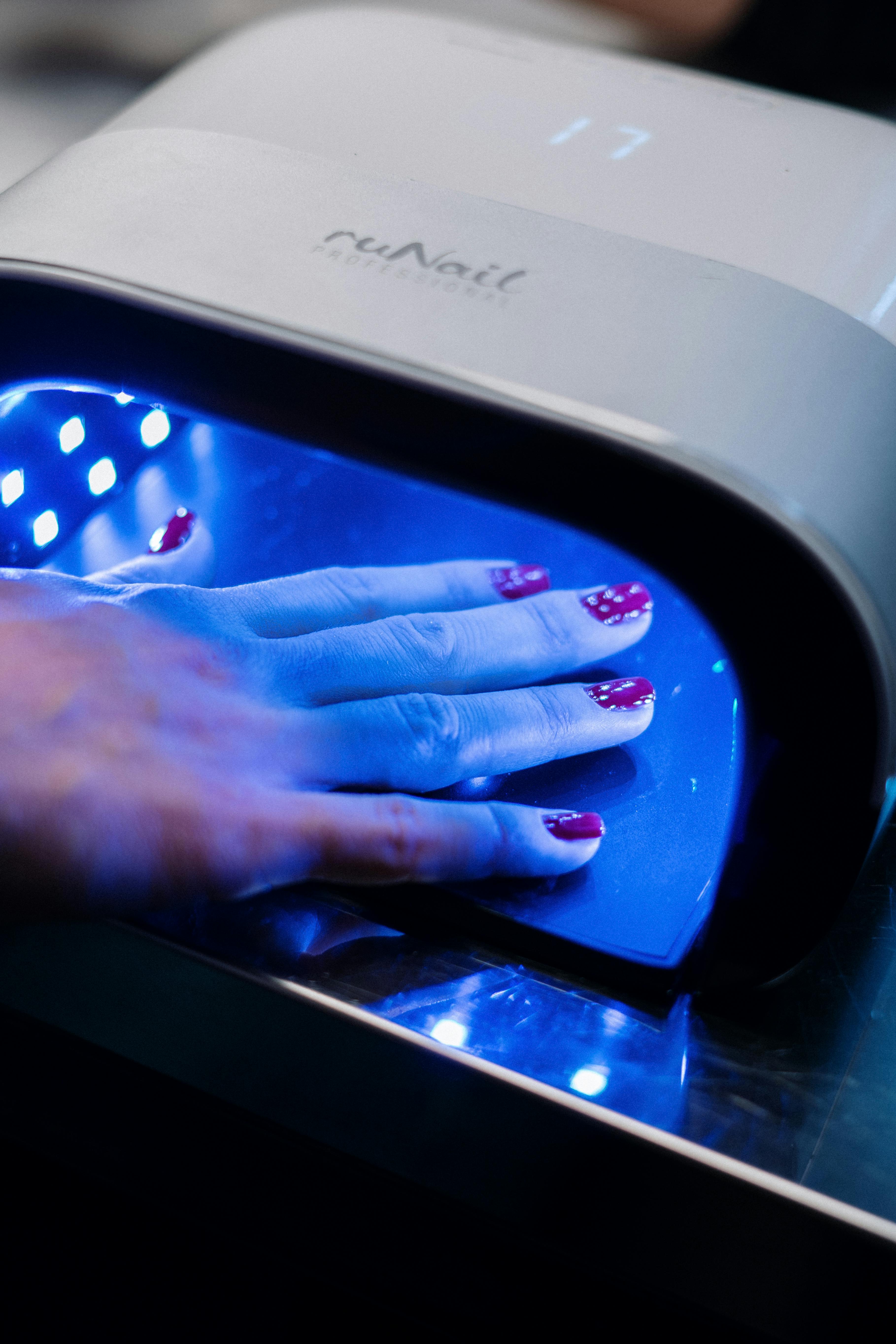Decoding the Myths and Facts of Blue Light Exposure
If blue light exposure is a topic of concern for you, you're not alone. As we spend increasing amounts of time on digital devices, the question arises: what impact does this light have on our health and wellness? Let's delve into the science, misconceptions, and factual insights of blue light exposure.

The Dawn of Blue Light Concerns
The issue of blue light exposure came to the fore with the advent of electronic devices such as smartphones, tablets, and computer screens. The blue light emitted from these devices is part of the visible light spectrum and is close to ultraviolet (UV) light on the spectrum. Past research has shown that UV light can damage the eyes and skin, leading to concerns about the potential harm of blue light.
Blue Light: The Good, the Bad, and the Uncertain
Contrary to popular belief, not all blue light is harmful. Daylight is the main source of blue light, and exposure during the day helps regulate our body’s circadian rhythm, boosting alertness, mood, and cognitive performance. However, overexposure, especially at night, can disrupt this rhythm, leading to sleep disturbances and other health issues.
Expert Insights on Blue Light Exposure
Medical experts have weighed in on the effects of blue light exposure. Many agree that excessive exposure, particularly at night, can negatively affect sleep and potentially contribute to the development of retinal damage. However, research is ongoing, and the long-term effects are still largely unknown.
Does Blue Light Really Cause Eye Strain?
Eye strain and discomfort after prolonged screen use are often attributed to blue light exposure. However, it’s worth noting that these symptoms may also be linked to other factors, such as poor lighting, improper viewing distances, or not taking regular breaks.
The Science-Backed Approach to Blue Light Exposure
While there’s still much to learn about blue light and its effects, it’s clear that moderation is key. Limiting screen time, especially before bed, using blue light filtering glasses or screen protectors, and taking regular breaks can help mitigate potential risks.
Unraveling the Facts of Blue Light Exposure
- Daylight is the main source of blue light, and exposure during the day helps regulate our body’s circadian rhythm
- Overexposure to blue light, especially at night, can disrupt sleep cycles
- Blue light may potentially contribute to retinal damage, although more research is needed
- Eye strain after prolonged screen use may not solely be due to blue light but could also be linked to factors such as poor lighting or not taking breaks
In conclusion, while there are valid concerns and potential risks associated with blue light exposure, it’s crucial to remember that moderation and mindful practices can go a long way in ensuring our digital habits don’t compromise our health and wellness. As we continue to navigate our increasingly digital world, staying informed and adopting balanced habits can help us harness the benefits and mitigate the risks of blue light exposure.




